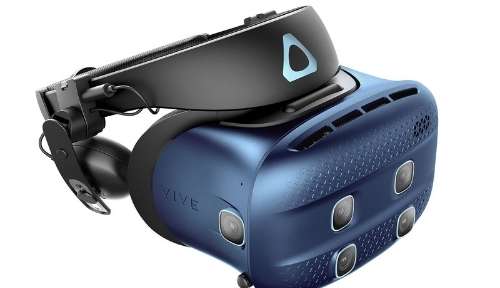The Navy have made full use of virtual reality in the form of submarine simulators which mimic the actions of a real submarine. These simulators are mounted onto hydraulic arms which pitch and roll as a real submarine would. This is useful when trying to recreate the actions of a submarine when it dives or ascends.
There are other simulators which are static but show changes in instrument readings as part of the simulation. Trainees must react to these changes as if they were onboard a real submarine. They can replicate a real life emergency which the trainees have to respond to but in a safe, controlled environment.
Virtual naval ship
Another type of simulator mimics the actions of a ship’s bridge. This type of environment contains many of the features found on a Royal Navy ship or uses elements to replicate them, for example, monitors as ships windows. This is a good way of teaching steering, navigation and general ship handling techniques. Plus it is useful when teaching trainees about the importance of teamwork and how that works in a variety of situations.
Many naval simulators are different from other military simulators but continue to fulfil a vital role in the training of new recruits.
One example is that used by the Australian Navy who is using a multi-million dollar virtual warship for training purposes. This virtual ship contains all the equipment found on a real warship and replicates a series of tasks for new recruits. Recruits are expected to deal with complex or unexpected situations such as an air attack and their reactions are analysed as they do so.







